Content:
The exotic plant aktinidia has recently become more and more popular. The culture is a woody liana. It grows strongly, wrapping around any obstacles. Summer residents grow shrubs as a decorative element. The plant can wrap around a gazebo, arch, wall of the house. Another huge advantage of the vine is that it bears fruit. Actinidia berries have a rich sweet-sour taste, reminiscent of a mixture of kiwi, apple, strawberry. Growing a plant does not cause much trouble for gardeners.
Actinidia is native to warm places, but now the plant is grown without problems in a variety of climatic zones. There are frost-resistant species that are not afraid of cold winters. In our country, the most popular types of culture are: actinidia Arguta, actinidia Kolomikt, actinidia Poligama, etc. Each species has a large number of varieties. The most powerful and largest liana of all of these is the Argut species of actinidia.
Features of actinidia Arguta
Another name for Arguta is Ostraya. This liana has a powerful trunk growing up to 25-30 meters. The stem is stiff. The color is gray-brown. The stem wraps around any support it comes across. The plant looks unusual and decorative. The gazebo, which is braided by actinidia, is cool and fresh even on the hottest day. A summer resident who decides to plant an exotic shrub should immediately think about support. Without objects to catch on, the vine will not be able to develop normally. She will just lie on the ground and curl, forming a circle.
The shrub is frost-resistant. It can withstand severe winters when the air temperature drops to -30 ... -40 degrees.
The leaves of Arguta, like that of Kolomikta, change color, depending on the month. In spring they are dark emerald in color. When the plant blooms, and it blooms with white flowers, the leaves also turn white. In autumn, the foliage becomes yellowish-green in color, then lavender. Leaves fall off in October.
The plant begins to bloom in early June. The process takes about 13-18 days. At this time, the personal plot is filled with a wonderful delicate floral scent. You can catch notes of tropical fruits, lily of the valley.
It is during flowering that the sex of the plant can be determined. Actinidia Arguta, like Kolomikt and other varieties, is a dioecious culture. There are female and male specimens. In order for the bush to bear fruit, it is necessary to plant heterosexual varieties on the site. You can plant 4-6 female plants on one male plant. Only then will cross-pollination occur, and the fruits will be tied. In male specimens, flowers are collected in inflorescences. They have many stamens, but the pistil is missing. The female flowers are larger. They almost always grow alone. They have stamens and a pistil.
Another nice feature of the Actinidia Ostra is that the tasty fruits do not crumble. Even fully ripe berries stick tightly to the branches. The fruits, depending on the variety, are rather large, 2-4 cm each. Approximate weight is 5-7 grams. The crop can be harvested in September. Some varieties in October. The fruits are fragrant. They smell like pineapple, apples, flowers. It tastes like a mixture of strawberries, kiwi, gooseberries. The color of the fruit, depending on the variety, is green, light green-pinkish, purple.
Actinidia Arguta: varieties
This type of actinidia has several dozen varieties. They all differ from each other in fruits, slightly in appearance, gender. It is not difficult to grow each of them. The care is pretty simple. However, this does not mean that you can forget about the plant after planting. In order for the culture to develop well, decorate the site and bear fruit, it needs to be given enough time. Each of the varieties has its own characteristics in the place of planting, bush formation, reproduction, which must be taken into account.
Among the most common varieties of actinidia ANDThe functions are as follows:
- Geneva;
- Issei;
- Jumbo;
- Kens Red;
- Kokuwa;
- Purpurna Sadova;
- Viti kiwi;
- Weiki;
- Pineapple.
Geneva
Many gardeners who cultivate this varietal actinidia assure that its pinkish-burgundy fruits are the most delicious of all varieties. They are honey. After the berry, a long fruity aftertaste remains in the mouth. Ideal for making wine.
The location for Geneva must be chosen so that the sun shines there during the day. At the same time, the wind should not blow into the garden. Like other varieties of culture, Geneva does not like and is afraid of drafts.
The planting pit should be 60 by 70 cm. Drainage in the form of pebbles and stones is laid out on the bottom. Next, a layer of fertilized garden soil with peat, humus. It is necessary to add ash, fertilizers containing nitrogen, phosphorus, potassium. The use of preparations containing chlorine, lime is not allowed. Culture doesn't like them. A mound is made from ordinary garden soil on a laid fertile layer. The gardener places the roots of the seedling on it. The root collar should be deepened into the ground at a distance of 1-2 cm. The pit is covered with earth. It spills well. The root circle is mulched with straw and grass. You can use peat.
The bush must be tied to a support. The formation of the bush is due to the removal of broken, frail, old branches and shoots, which greatly thicken the crown. All varieties of Arguta actinidia bear fruit on short branches. Therefore, it is necessary to cut the branches rather shortly, do not forget about pinching. Vines do not need to be replaced throughout life. Unlike actinidia Kolomikta, in Arguta they constantly bear fruit.
Issei
It is a self-fertile variety. However, despite the efforts of the breeders, the crop gives the best yield only if there is still a male variety growing on the site. The first harvest is harvested within one to two years after being placed in a permanent place.
Planting is similar to the Geneva variety. The place also needs to be sunny, without strong winds. Can be grown on neutral, slightly acidic soils. The ground should be loose. Do not plant in areas where groundwater accumulates.
Issei is one of the smallest actinidia. It is recommended to plant it in small areas. The culture of this variety needs timely watering.
Reproduction is standard. You can plant a seed, you can use cuttings, layering. The easiest way to propagate is by cuttings. They are taken from mixed shoots. Cuttings are cut from the apical part. Each stick should have 2-4 live buds. Cuttings are harvested in June and July. The sticks are planted in a windless place where there is a shadow. You can spot them in a greenhouse. Cuttings are not allowed under the scorching sun. Suitable soil is peat mixed with sand. After a month, the cuttings should take root. In another month, branches will appear. The characteristic of the Issei variety reports the rapid growth of the plant.
Jumbo
The plant needs pollinators. The berries ripen in October. They are very large. The weight of one fruit is about 20-30 grams.The first crop is harvested 3-5 years after planting. A characteristic of the variety in a short flowering period. Flowers on the Argut Jumbo actinidia can be observed only for a week. The fruits have a high keeping quality and transportability.
Jumbo also needs drainage. The variety does not tolerate acidic, alkaline soils. Reproduction is allowed both by cuttings and by layering, seeds. If the method is chosen by root layers, then an adult strong shoot is bent to the surface of the earth. It is fixed at the ground. Next, a soil mixture is placed on the stem. After a year, the new plant is separated from the mother.
Kens Red
The berries of the variety are greenish-purple in color. They have no aroma, but a wonderful sweet taste. The variety is planted on loose, drainage, non-acidic soils. For fertilization, peat, humus, deciduous humus are used.
Kens Red keeps up in the last decade of September. Until that time, it needs to be watered, but not waterlogged. The fruits are characterized by keeping quality. Well transported. Therefore, the variety can be seen on industrial plantings.
Kokuwa
The fruits of the Kokuwa actinidia arguta resemble small kiwis. But they can be eaten right with the juicy soft rind. They do not deteriorate for a long time. They have a sweet taste with a spicy sour note. You can feel the lemon aftertaste. It is positioned as self-fertile. But to get a good harvest, it is necessary to plant a pollinator nearby.
Good drainage of the soil must be performed for the variety. He does not tolerate stagnation or souring.
This variety requires careful pruning. The bush is formed in such a way that the crown is not thickened. The variety needs air. Once all the fruits have been removed and the leaves have fallen off, the grower should start pruning. In central Russia, the procedure is carried out in October. Pruning shears remove old branches, shoots with damage, healthy branches are significantly shortened.
The Kokuwa cultivar needs additional shelter before winter. Its frost resistance is only -22 degrees.
Purple garden
This variety can be distinguished by the color of the fruit. They are purple in color. They are consumed with the peel. The peel is thin, moderately sour. The color of the pulp and rind is the same. The pulp is brighter, purple-scarlet. Possesses excellent taste characteristics. The berries are large and sweet. They grow up to 4 centimeters in length.
The crop planting pit should be 60 cm deep and 60 cm wide. Stones and expanded clay are placed at the bottom. For drainage - soil mixture. You need to cook it from peat, garden soil with sand, humus, fertilizers. After that, the soil is poured into the soil in the form of a mound. Actinidia roots are placed on it. Everything is sprinkled with earth, spills well and mulched with hay.
Fruits are picked in early October. Before winter, the plant is removed from the support and covered with peat, hay or film.
Reproduction is allowed by layering, cuttings, seeds. The formation of the bush is normal.
Viti Kiwi
The variety is self-fertile, high-yielding. Often grown commercially. The fruits are juicy, outwardly reminiscent of very small elongated green apples. In the context, they can be mistaken for pitted kiwi.
A distinctive feature of the variety is that there are no seeds in Viti kiwi berries. Therefore, the variety propagates only by layering, cuttings.Cuttings planted in a greenhouse must be covered for the winter so that they do not freeze.
Particular attention to crop care should be given to timely watering.
Weiki
It can be planted on the site, both the male Veiki variety and the female one. The berries are sweet and sour. Light green color. In places where sunlight falls, reddish spots form on the fruit. Veika is ideal for decorating a plot. Moreover, the variety is abundant. Up to 10 kg of selected berries are collected from the bush. Planting takes place according to traditional technology. The bush grows strongly. Thorough pruning and pinching of the branches is necessary every fall.
Reproduction by seeds and vegetatively is allowed. The seeds of the variety can be stored in the refrigerator for quite a long time. Before planting, they are removed to the cellar, where they are stratified. They should be removed to the cellar in December. At an air temperature of about + 3 ... + 5 degrees Celsius, the seeds will lie for 80-90 days. In March, they are placed in a container with loose, light soil and placed in a warm place. For example, they leave it in a living room, where it is about +25 degrees Celsius. Do not place a container with earth in direct sunlight. In mid-May, the container is transferred to fresh air. Better to put them in a shaded place. Shoots should get stronger by July-August. At this time, they can be planted in the greenhouse. For the winter, cover with foliage, hay.
Pineapple
The variety is named so because of its bright pineapple aroma. The berry description contains information about the intense flavor reminiscent of sweet gooseberries and kiwi. The fruits are bicolor. From the side where the sun does not get - light green. On the sunny side - red-pinkish.
The soil on the bed where actinidia will grow is neutral, loose, with a sufficient amount of peat and sand. The drainage, which is poured into the bottom of the planting pit, should not consist of construction rubble. This product contains lime, and it affects the acidity of the soil, significantly reducing it.
It is worth paying attention to the formation of the crown of the vine. The pineapple bush needs to be pruned more carefully than many others. If you allow the crown to thicken, you can lose your crop. Pruning is recommended in late fall. Pineapple liana can be very stretched, so it must be planted at a distance from other varieties. It is better if it has neighbors that are 2 meters away.
Pros and cons of the variety
The advantages of varieties of the species:
- Frost resistance. Almost all of the listed varieties are frost-resistant. Arguta Geneva endures winter without additional shelter, when the temperature drops to -30 ... -35 degrees. Jumbo, Pineapple, Veiki have similar characteristics;
- High yield gives Weiki, Viti Kiwi. 10 kg of berries are removed from the bush. Common varieties yield 5-7 kg;
- Excellent fruit taste. Arguta varieties are distinguished by a rich sweetish taste with a pleasant sourness. The sweetest is the Geneva variety. According to reviews, its fruits have a honey taste, melt in the mouth. Berries of varieties Kokuva, Purple garden have very pleasant taste characteristics. They can be consumed directly with soft skin;
- A very beautiful type of shrub. The varieties Kolomikty Ostroy are distinguished by a powerful crown and a strong stem. The leaves change color, and the berries can be seen in a variety of shades. For example, in Purple Garden they are claret-pink, and in Pineapple they are light green-red;
- Keeping quality and portability. Kens Red, Jumbo varieties can be stored for several months at a temperature of 0 ... + 3 degrees;
- The berries do not fall. Unlike the Kolomikta actinidia varieties, the Arguta varieties can boast of a long stay on the branches even after ripening.
Disadvantages of varieties of the species:
- Additional required shelter before winter... The Kokuwa variety needs it. Its frost resistance is only -22 degrees;
- Needed timely watering... At the same time, waterlogging of the soil should not be allowed. This is especially typical for Issei, Viti kiwi varieties;
- All varieties require a special arrangement of the landing pit... There should be drainage at the bottom of it. It is made from stones. Do not use materials containing lime, for example, construction crushed stone;
- Before boarding, you need prepare the ground... Arguta varieties will not grow in acidic or alkaline soils. They need fertile neutral lands.
Actinidia Arguta is a decorative and useful inhabitant of the garden. It has a massive crown that can wrap around any obstacle, decorating buildings. If you know the main points in growing, reproduction, then both an experienced gardener and a beginner can plant any of the varieties.
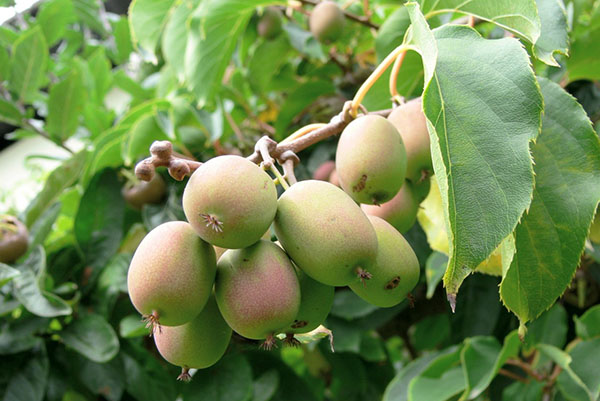
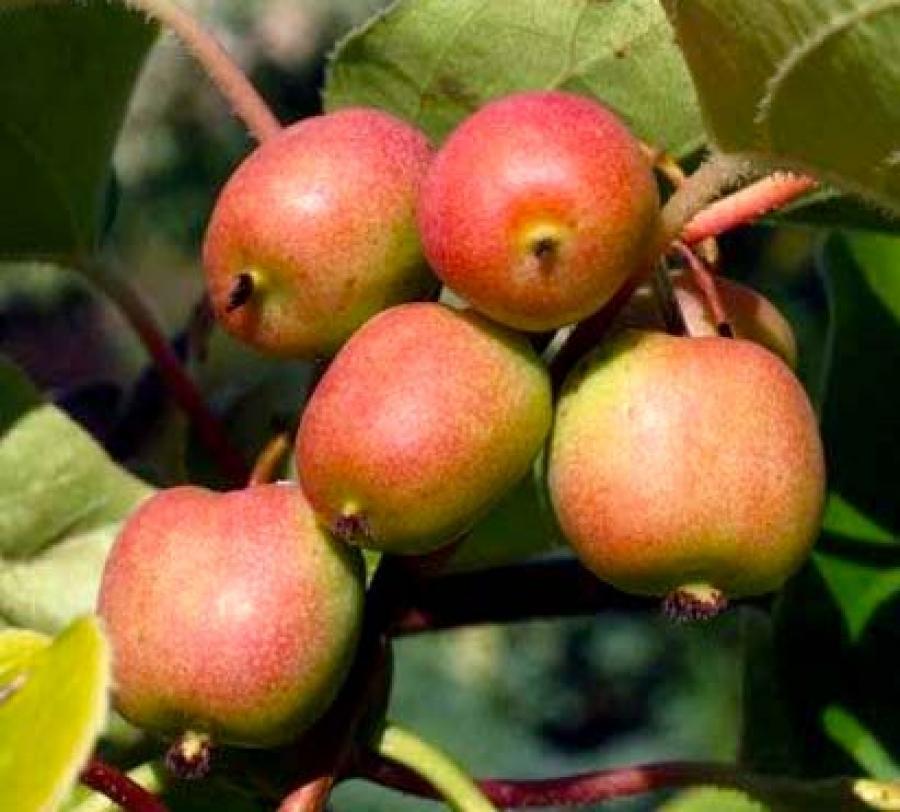
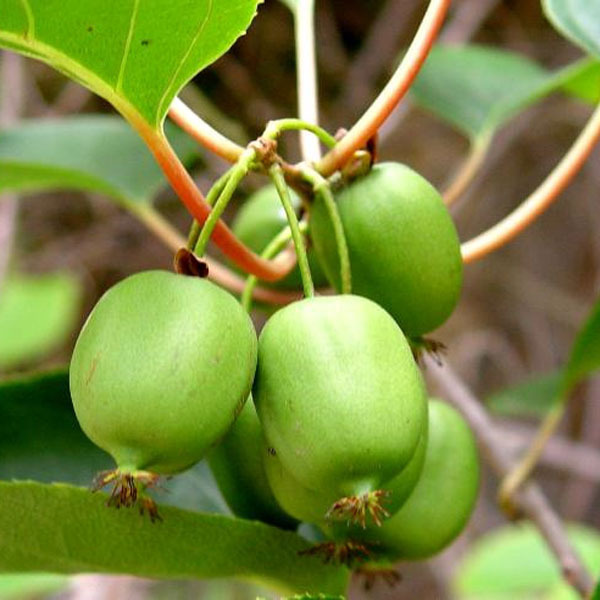
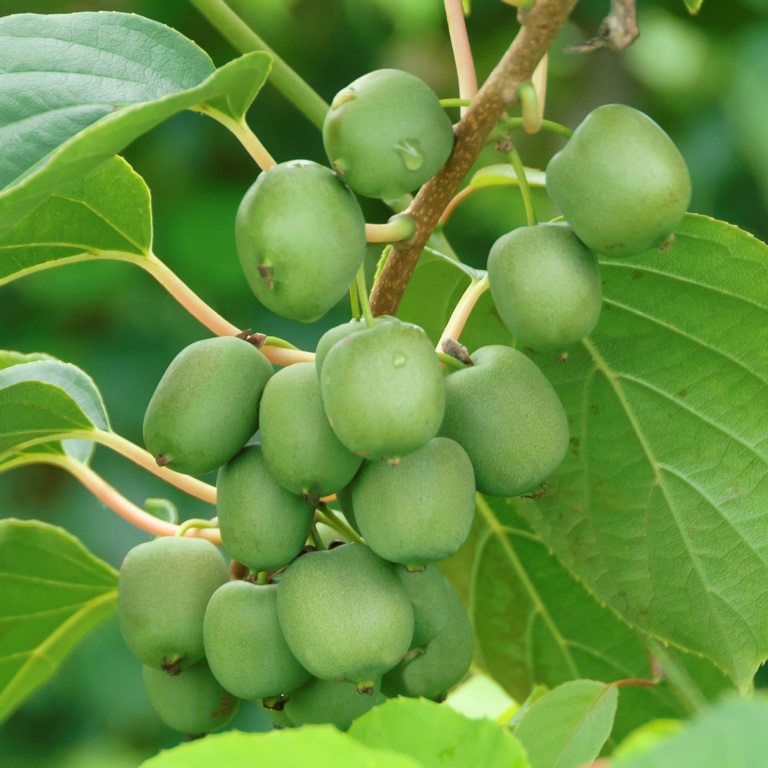
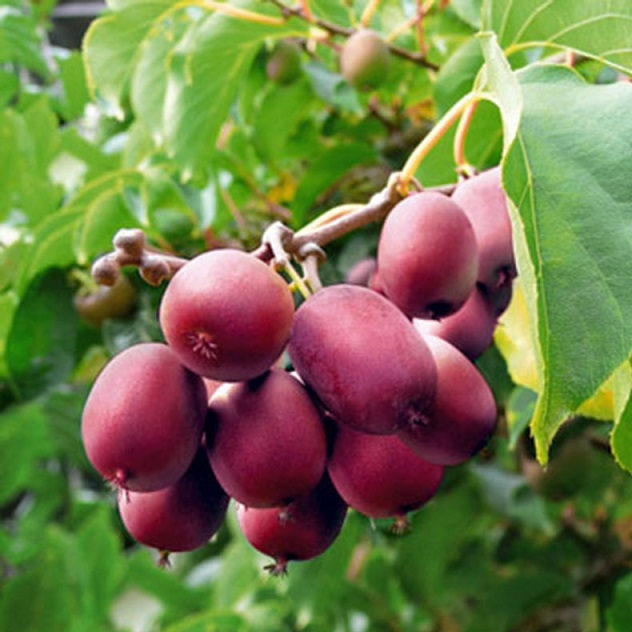
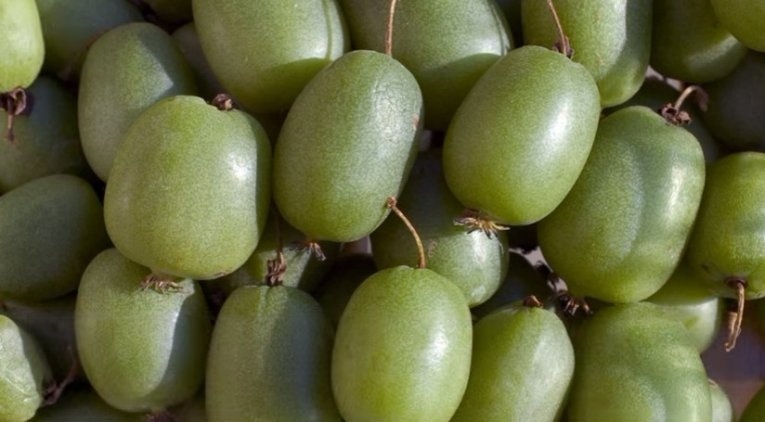

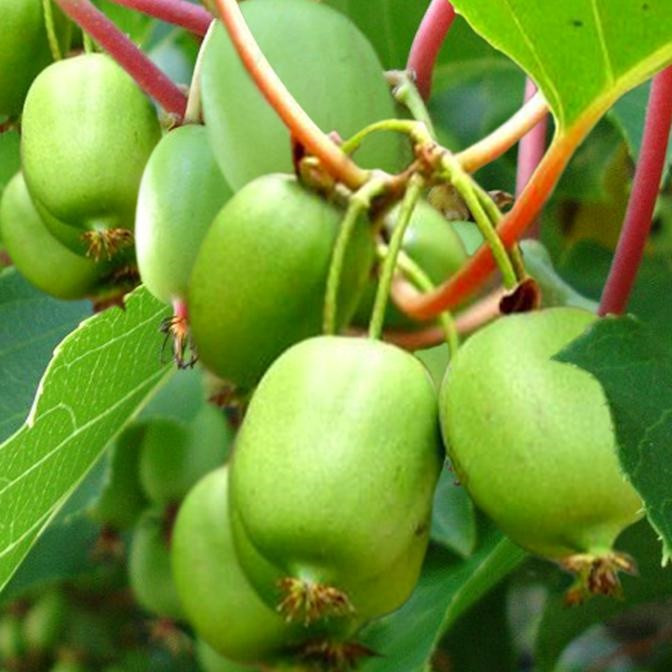
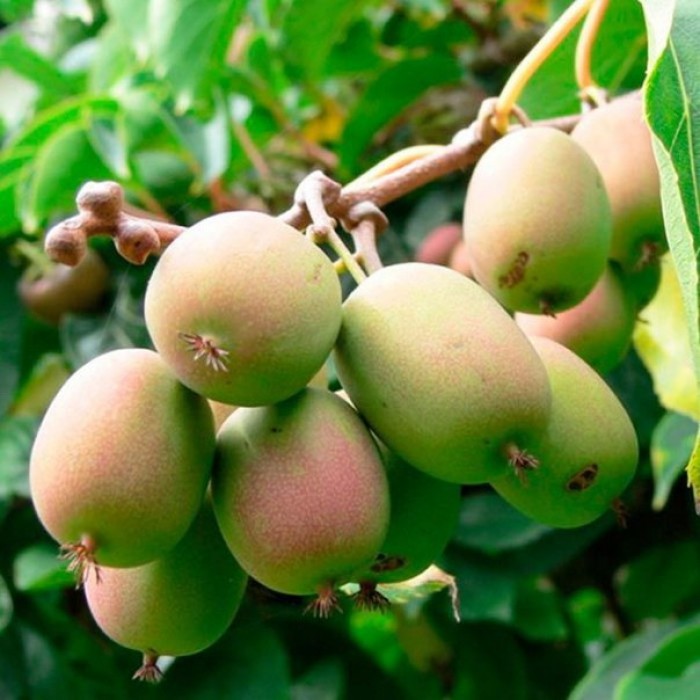
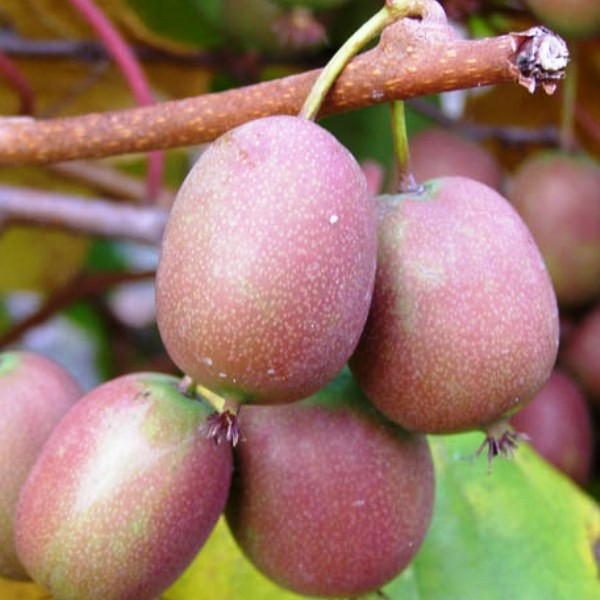
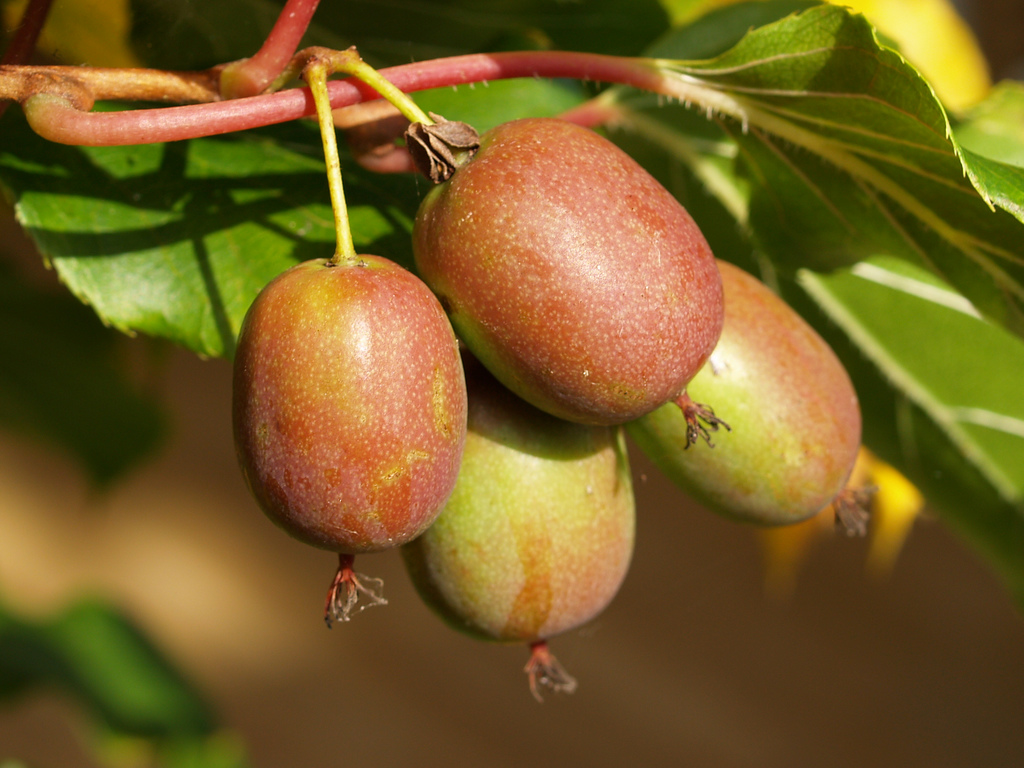
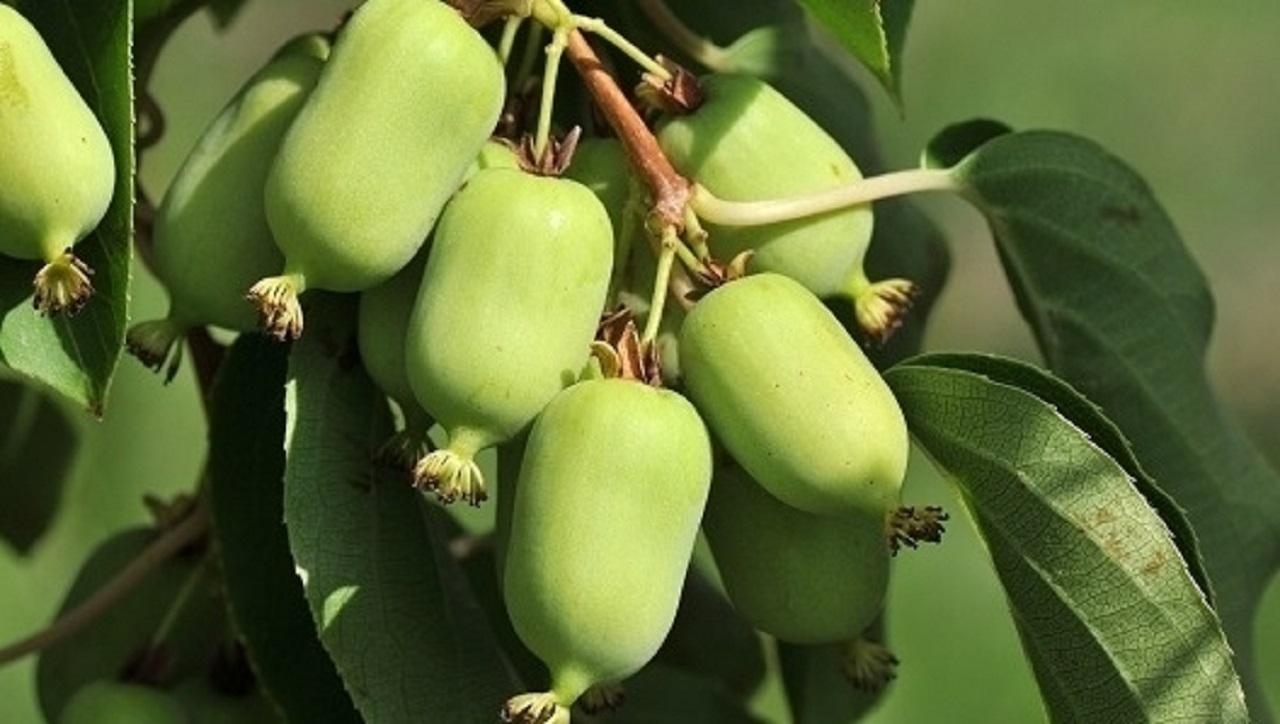
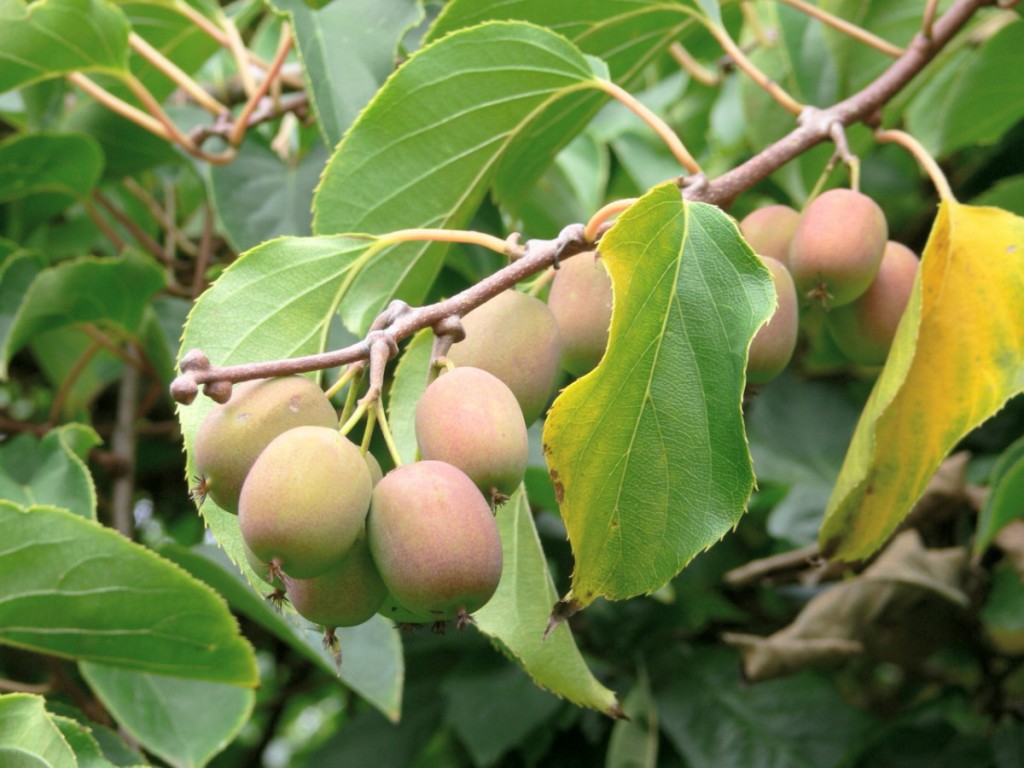
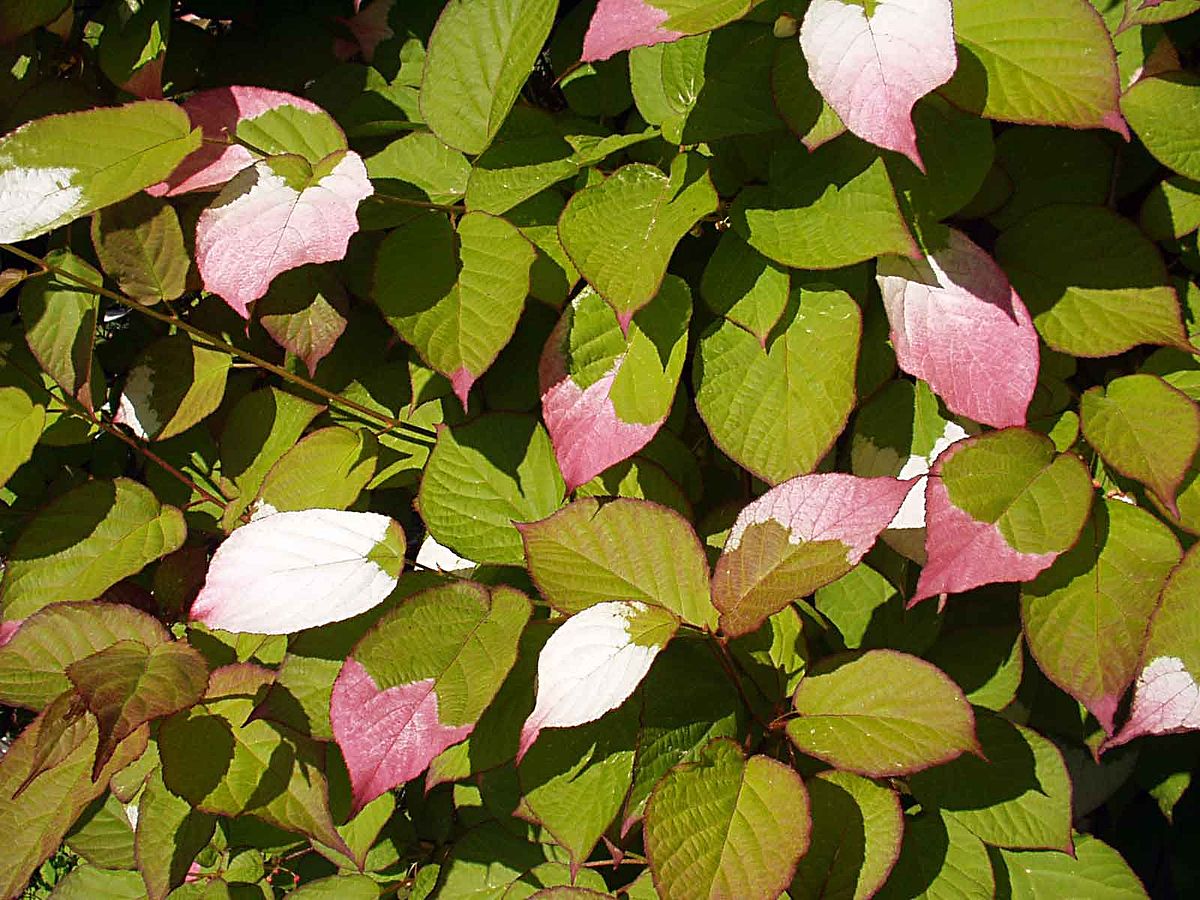
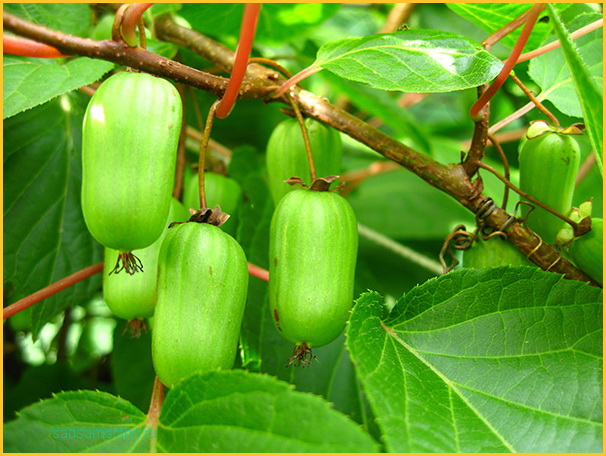
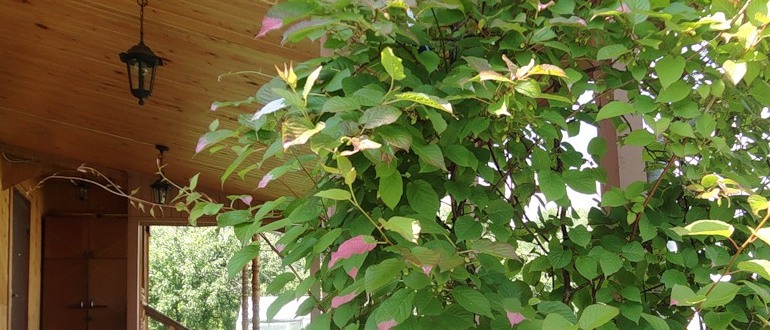







Starting next year, I will begin to design my personal plot near my home, so I'm looking after what to plant, what would be both beautiful and useful. Actinidia, I think, will take its place around the gazebo. It will turn out to be a heavenly place).
Thanks for the info. Now I know that for the second year we have a male branch of actinidia (I don’t know the variety), small white flowers in small tassels. But the second, female, is shy and does not bloom. Tell me what are the possible reasons? Thanks.